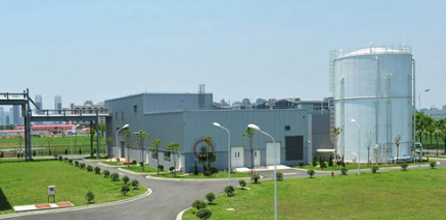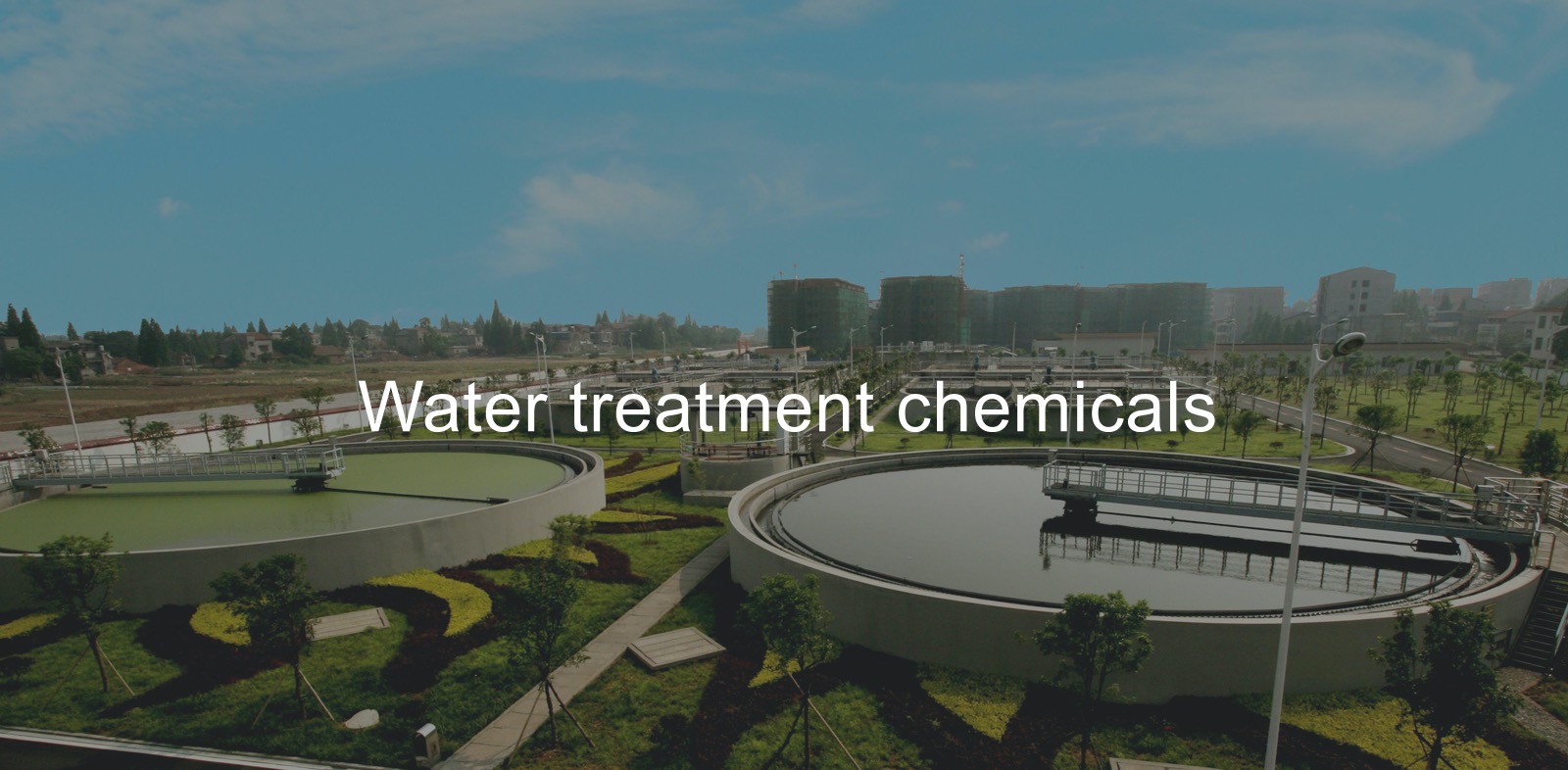Question: What is the role of Polyacrylamide in waste water treatment ?
Answer:
Polyacrylamide plays a crucial role in wastewater treatment.
It is a flocculant. Firstly, it can aggregate the fine suspended particles in the wastewater. These particles usually carry a negative charge, and the polyacrylamide can neutralize the charge through its own functional groups. As a result, the particles collide and stick together to form larger flocs.
Secondly, the formed flocs can then settle more easily. This settling process helps to separate the solid impurities from the liquid part of the wastewater, which significantly improves the clarity of the water and reduces the content of suspended solids, turbidity, and some heavy metals and organic pollutants that are adsorbed onto the particles.
In addition, polyacrylamide can also be used in sludge dewatering processes. It can help to bind the water in the sludge and make the water easier to separate from the sludge, thus reducing the volume of sludge and facilitating subsequent sludge disposal.
 Question: How to choose the su
Question: How to choose the su
 Question: What is the role of
Question: What is the role of
 Question: what is the role of
Question: what is the role of



